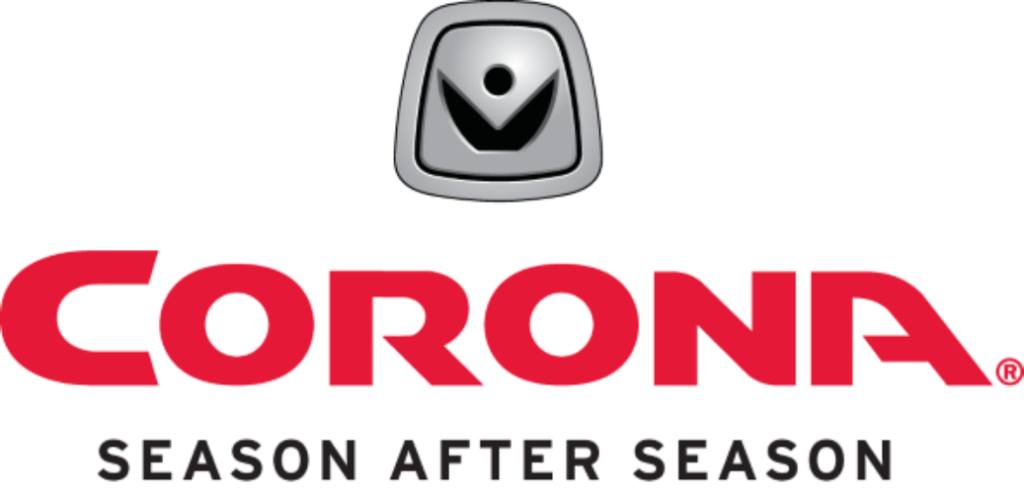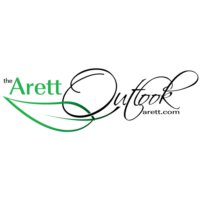The Principles of Pruning
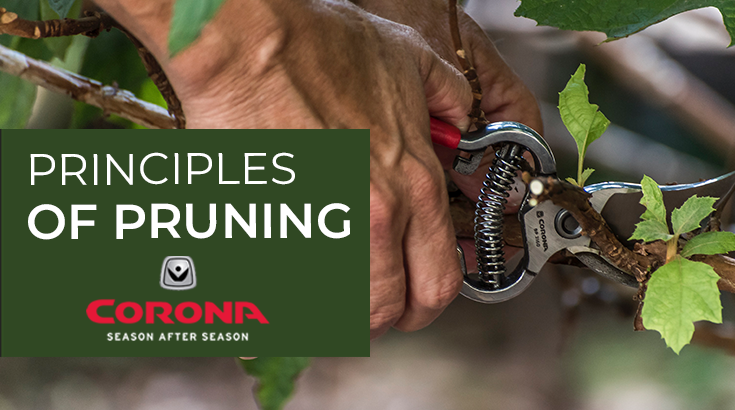
Proper pruning improves shrubs and trees in any number of important respects, but improper pruning can be more harmful than none at all. Confidence and skill in pruning is gained through experience, so do not shy away from the task. On the other hand, understand the basics before proceeding.
WHY PRUNE?
- To produce more or better blooms and/or fruits.
- To develop or maintain a desired size or appearance. Most of us have small gardens and vigorous modern plants. Prune to save room for an interesting variety of plants and to keep plants from becoming leggy or scrubby.
- To re-establish a balance between root and branch systems after transplanting.
- To train a young plant. Pruning now to encourage balanced, open growth saves effort later.
- To rejuvenate older, neglected shrubs. Removal of old, overcrowded stems or limbs encourages the growth of vigorous young ones.
- To maintain health. Regular removal of dead or diseased wood keeps plants healthy. Maintenance pruning includes removal of dense growth to let light and air reach the inner and lower stems.
- To repair injury. Damaged wood, whatever the cause, is not unsightly, it is an open invitation to disease-causing organisms.

PRUNING TOOLS
When selecting a pruning tool, the most important thing to consider is whether it is the right tool for the job. The right tool will assure that you are successful, get the job done confidently instead of quickly, is better for the plant or tree and saves excess wear and tear on you. Tools are an investment – so purchase the best tool you can afford. Quality tools, when properly cared for, will last many seasons and do a far better job than cheaply made ones. Both you and your plants will benefit – so choosing the right, quality tools from the start will provide years of lasting performance.
All backyard pruning can be done with just tree or four single hand tools. If a job calls for power tools, it is probably not a pruning job and you should seek a certified professional.
Recommended Tools for Pruning
A pair of hand pruners is a necessity. Choose them carefully and select the pruner that is comfortable in your hand and is best suited for the job you intend to do. There are two styles of hand pruners –
Bypass Pruners
Bypass pruners employ scissor-like cutting of fresh, green limbs and branches. They are the ideal choice for making the cleanest, closest cuts that will help plants heal faster and leave minimal opportunity for diseases. If you are cutting limbs or vines with sap, look for one wit ha sap groove to prevent the blade from gumming and sticking together.

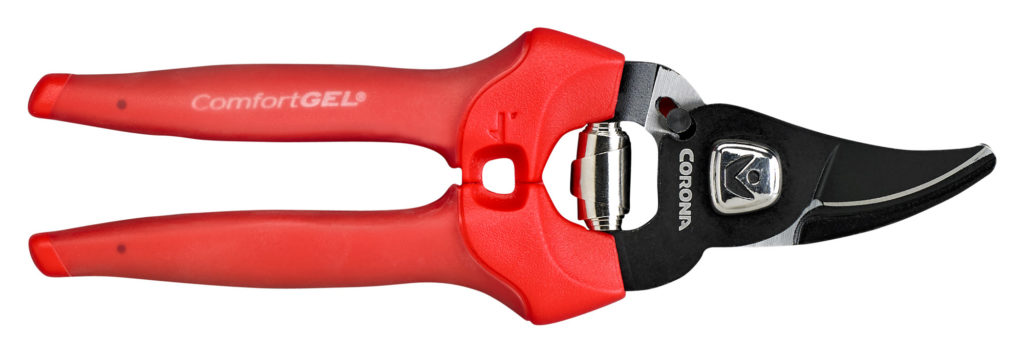
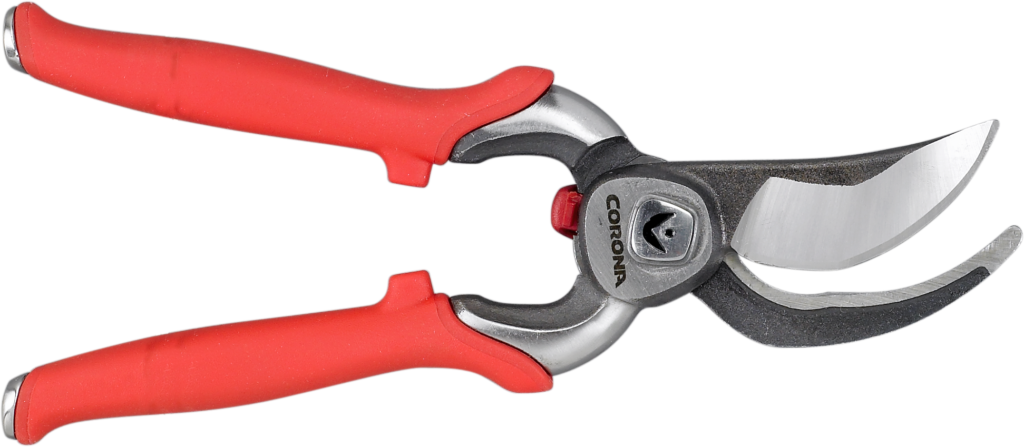
Anvil Pruners

Anvil pruners have a straight-edged blade that cuts against a soft metal anvil. They are ideal for cutting harder, dead wood and should not be used on live stems as it will crush it rather than leave a smooth cut.
NOTE: Bypass and anvil pruners serve two different purposes and should not be considered interchangeable. Using a hand pruner in a manner for which it was not designed can cause damage to the tool, plant, as well as bodily injuries.
Be sure to also pay attention to the pruner’s rated cutting capacity. You should not attempt to cut stems that have a larger diameter than the recommended cutting capacity. If you have to open the tool wider than its natural open position, the limb is likely bigger than the pruner is designed to cut. When in doubt, go with a larger cutting tool like a lopper.
Loppers
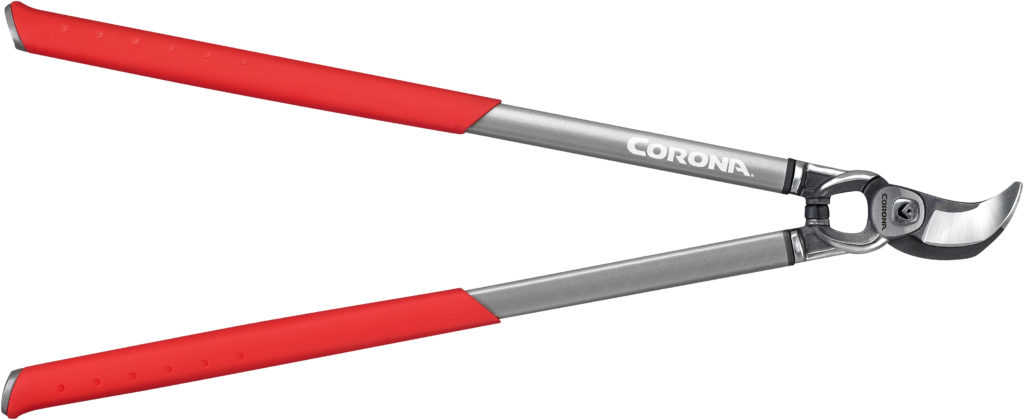
Loppers are long-handled pruning shears that require two hands to use, providing additional leverage while making larger cuts up to 3 inches – depending on the recommended cutting capacity. Loppers are useful for pruning hard-to-reach or thorny growth and cutting up discarded branches for the green waste bin.
Pruning Saws

Pruning saws are for branches greater than 1 inch in diameter. Pruning saws have curbed blades designed to cut on the pull stroke to help remain in the cutting channel, making cuts quickly and evenly.
PRUNING CUTS EVERY GARDENER SHOULD KNOW
Pruning is necessary to promote good plant health, remove damaged limbs, encourage new growth, and maintain shape. There are four basic pruning cuts, each aimed at producing a different effect. Use sharp, clean tools and wipe-down blades with a clean cloth when moving from plant to plant.
TIP: For cuts that involve cutting above a growth bud, angle it at about 45 degrees, with the lowest point of the cut opposite the bud and even with it, the highest point about 1/4 inch above the bud.
Pinching
To stop a stem from growing longer, help shape a small-leafed shrub, and to encourage bushy growth, pinch the terminal bud (the new clusters of leaves at the tip of a stem) with your thumb and forefinger. Do this with annual and perennial flowers.
Heading
To encourage dense growth, shorten branches, redirect growth and help shape small shrubs and flowering perennials, cut further back on the shoot than with pinching. Use hand pruners to remove a portion of the branch to just above a healthy bug or side branch.
Thinning
To shorten limbs, improve light penetration into plants and to direct the growth of shoots or limbs, remove an entire limb or branch either back to tis point of origin on the main stem or to the point where it joins another branch. Use hand-held pruners, loppers, or a pruning saw to make thinning cuts, depending on the thickness of the branch being cut.
Shearing
To create a hedge or bush with a spherical or square form on small-leafed plants such as boxwoods, use hand-held or electric hedge shears to closely trim leaves until the desired shape is achieved. Shearing stimulates many buds to produce new growth, so you’ll be repeating the job regularly once you start.
